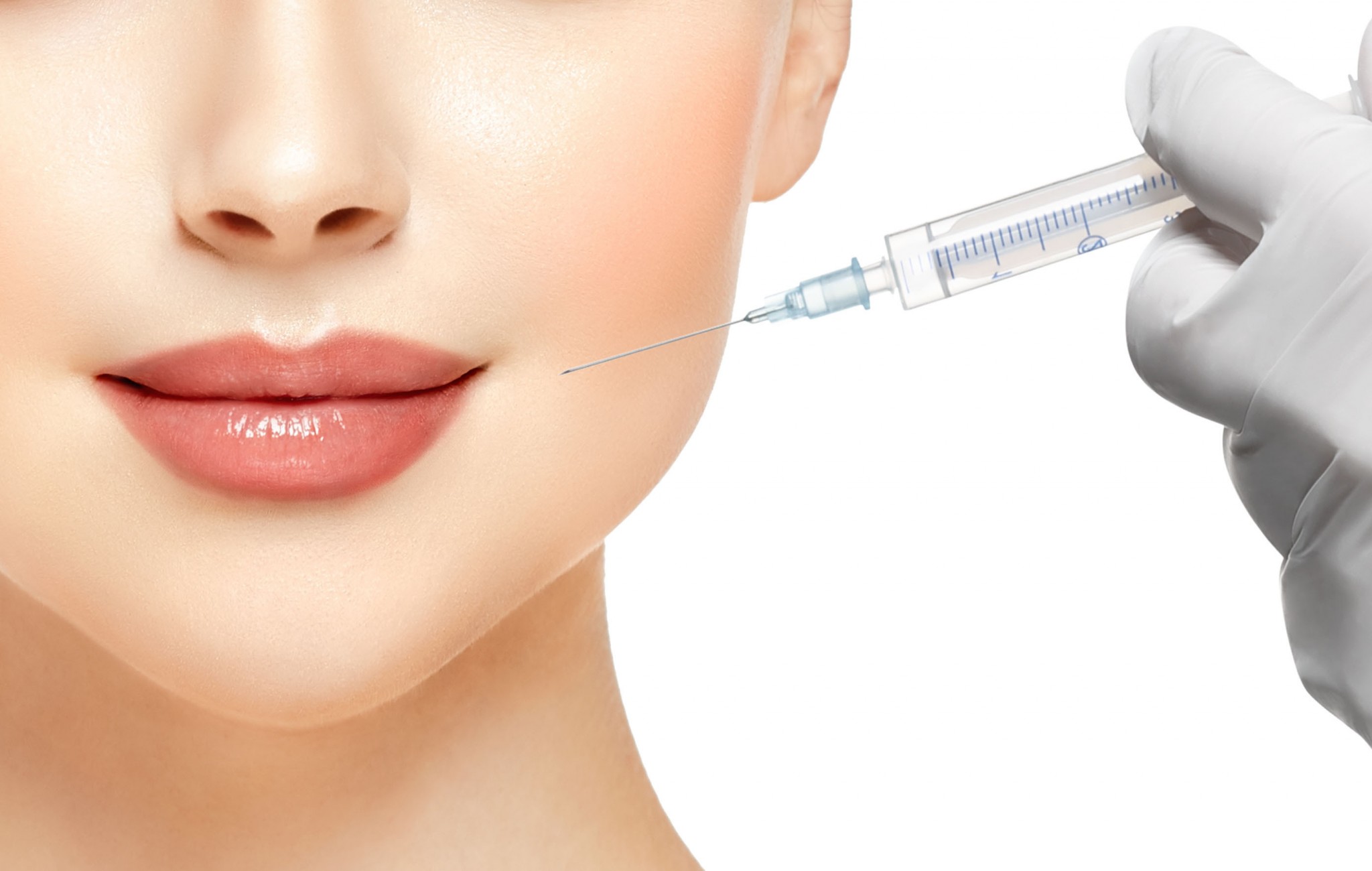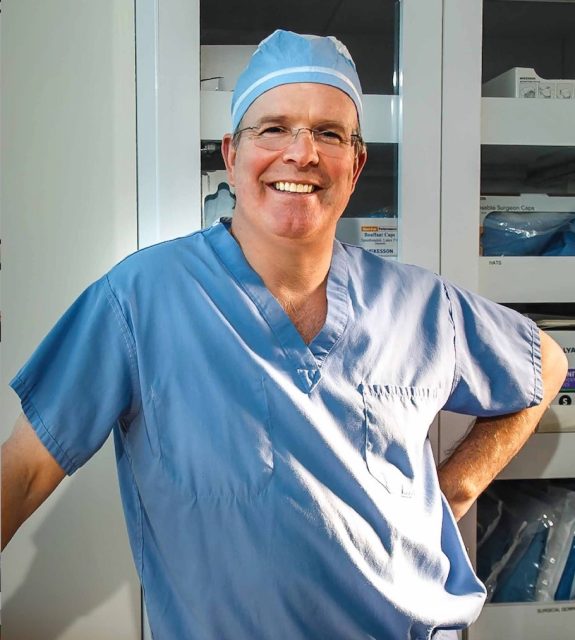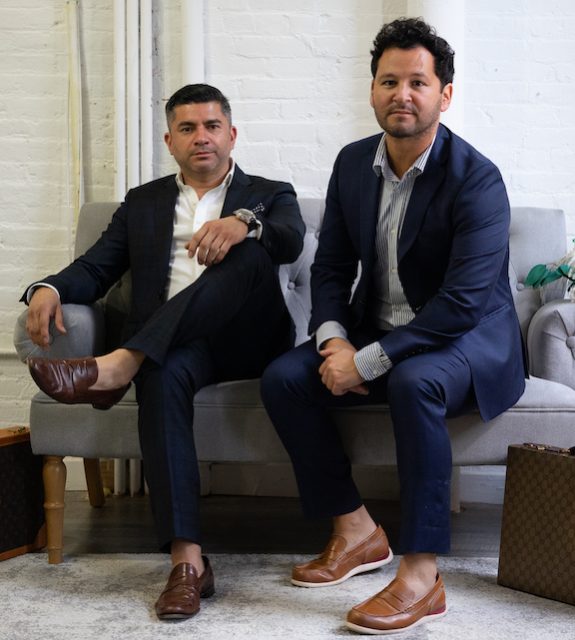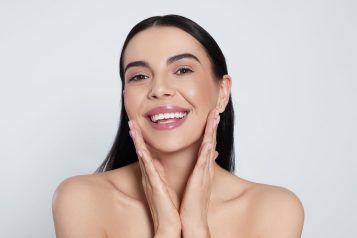The neck plays a vital role in an overall youthful appearance, but this area is often overlooked when it comes to preventing and reversing visible signs of aging. Plastic surgeon Dr. Jhonny Salomon of Miami, Florida explains the age-related changes that take place on the neck—and how to fix them.
I like to view the neck as four separate units of aging. One is the skin, second is the platysma muscle, third is the fat in the central neck above the muscle and the last is the fat below the muscle. Each person experiences different degrees of these four different components as they age.
Prevention goes a long way for maintaining youthful-looking skin on the neck, and it’s a good idea to include your neck in your morning and evening skincare routines. The two most important topical products are moisturizer to keep the skin well-hydrated, and sunblock to prevent the cellular damage caused by UV rays.
Most patients begin to see the early stages of skin laxity by their early forties. Skin-tightening treatments such as Thermage work well for the neck. This treatment uses radiofrequency energy to deliver heat deep into the skin, in turn remodeling existing collagen and prompting the body to naturally produce more. However, it’s important that patients keep in mind it can take up to six months to see the final outcomes after Thermage, and treatments may need to be repeated every one to two years to maintain improvement.
Some women are concerned about horizontal lines on the neck as well, and when skin-tightening treatments don’t deliver the level of improvement they are looking for, hyaluronic acid fillers such as Restylane and Juvéderm are an option that can provide 50-60% improvement. However, it’s important to avoid overusing fillers in these lines because too much product can become visible due to the thinness of the skin on the neck.
The muscles of the neck loosen over time, and a majority of patients begin to see visible laxity in their 50s. Botox is an effective treatment for the vertical platysmal bands that become more apparent with age. The addition of Botox along the jawline can also help rejuvenate the appearance of the neck as well, and these injectable treatments generally deliver 30-50% improvement, depending on the level of muscle laxity.
Kybella and CoolSculpting are effective for the fat that causes a double chin, and these non-invasive treatments work especially well for fat that lies above the neck muscles as well. (They can also be used in younger patients with excess fat in the central neck.) CoolSculpting is a non-invasive fat-reduction technology that freezes fat cells to permanently destroy them and delivers visible results in less than a month, and two treatments are generally necessary. Kybella is an injectable solution that permanently eliminates unwanted fat with three monthly treatments. CoolSculpting and Kybella can usually achieve a 40-50% reduction in the unwanted fat in the central neck.
In patients with significant skin and muscle laxity who desire more improvement than non-surgical treatments can offer, neck lift surgery is the best solution. A neck lift usually requires incisions behind the ears as well as very small ones in front to tighten the platysmal muscle and remove central neck fat if necessary. After surgery, patients usually need to take one week before returning to work and their usual activities, but more recovery time may be necessary when a facelift is performed at the same time. This is often the case since patients with significant aging of the neck usually have advanced signs of aging on the face as well. A neck lift can achieve 80-90% improvement in skin laxity and excess fat in addition to 50-60% improvement of the platysmal bands. The results of a neck lift last for 10 to 15 years, which is why a majority of patients say the surgery and recovery time afterwards are well worth it.






















